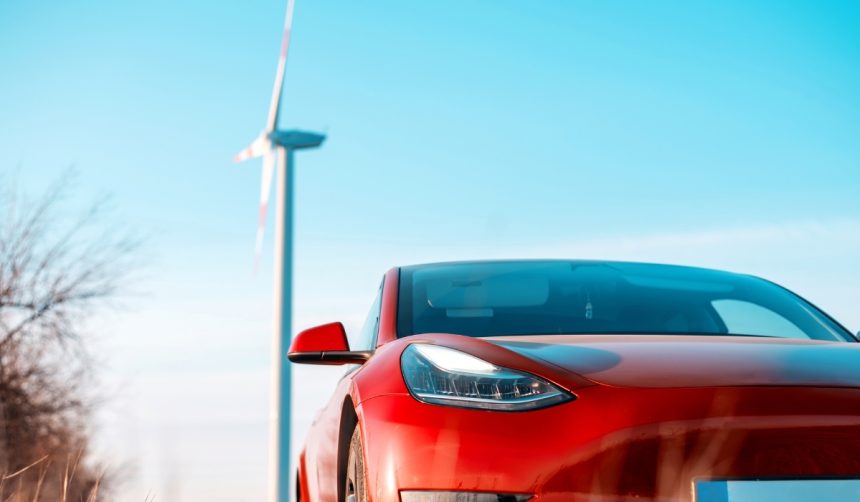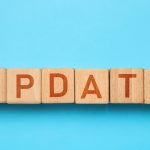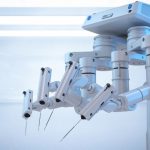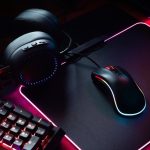Tesla’s ongoing pursuit of higher safety standards has once again attracted public attention as Tom Zhu, Senior Vice President for Automotive, recently discussed the “prime directive” of the company’s Full Self-Driving (FSD) technology. During a period when the auto industry faces sharp scrutiny regarding driver-assist systems, Zhu’s statements offered rare insight from Tesla leadership into the priorities that motivate their design choices. As competitors continue to roll out autonomous features, Zhu’s emphasis signals how Tesla seeks to maintain public trust amid both regulatory and commercial pressure.
Recent information in the public space often pointed to challenges Tesla faced with regulatory reviews and incidents involving its Autopilot and FSD systems. Unlike earlier discussions that dwelled on potential setbacks and technical hurdles, Zhu’s comments redirect the focus toward core safety principles. Over the past several years, both industry analysts and consumer advocates questioned whether Tesla’s self-driving ambitions were pragmatic or optimistic, spurring wide debate. In contrast to scrutiny-laden discussions, the present spotlight on the “prime directive” offers a look at the internal ethos guiding the product’s ongoing development.
How Does Tesla Define the Prime Directive for FSD?
Tom Zhu underscores that Full Self-Driving, as implemented in Tesla vehicles such as the Model Y, places safety above all other operational factors. Zhu cited company CEO Elon Musk’s idea that a self-driving car must successfully navigate hazards—even improbable ones—and avoid collisions in any scenario.
“The prime directive, the absolute priority, is to minimize the probability of injury to yourself or to anyone on the road, to pedestrians, or anything like that. It can’t be dependent on the road markings being correct.”
This philosophy guides both Autopilot and FSD feature updates.
What Role Has Global Leadership Played in FSD Deployment?
Zhu’s leadership spans beyond China to Tesla’s global initiatives, illustrating the company’s integrated approach to scaling self-driving technology. He previously oversaw Tesla China during a time of rapid expansion and was called upon to assist with vehicle production ramp-up at Giga Texas. His ongoing guidance reflects Tesla’s effort to standardize safety processes and technology capabilities around the world.
Have Real-World Incidents Influenced Tesla’s Approach?
Recent events have put Tesla’s safety claims to the test. For example, during a reported incident in Australia involving a Model Y, the car maintained control and passenger safety after being struck by an object believed to be a meteor. In reference to resilient system design, Zhu reiterated,
“Don’t crash. That really overrides everything. No matter what the lines say or how the road is done, the thing that needs to happen is minimizing the probability of impact while getting you to your destination conveniently and comfortably.”
Such cases are repeatedly cited to reinforce the emphasis on minimizing risk.
Tesla has long argued that over-the-air updates and continuous data collection contribute to enhanced safety. Nonetheless, the company remains subject to evolving regulatory frameworks and external evaluations. Zhu’s recent remarks further reinforce the messaging around passenger and pedestrian safety, a topic that remains at the forefront of both public debate and automotive innovation circles. Stakeholders will likely continue monitoring how Tesla adapts its FSD technology to address safety benchmarks while balancing deployment speed and functionality. Customers hoping to use FSD—whether in urban centers or remote settings—must remain aware of the technology’s strengths and current limitations. Examining Tesla’s persistent focus on minimizing accidents offers useful insight into broader automotive safety questions, especially as driver-assist systems see wider adoption.
- Tesla focuses on safety as the core principle for FSD technology.
- Tom Zhu’s leadership underlines global consistency in FSD priorities.
- Real-world incidents continue to inform Tesla’s FSD safety strategy.










